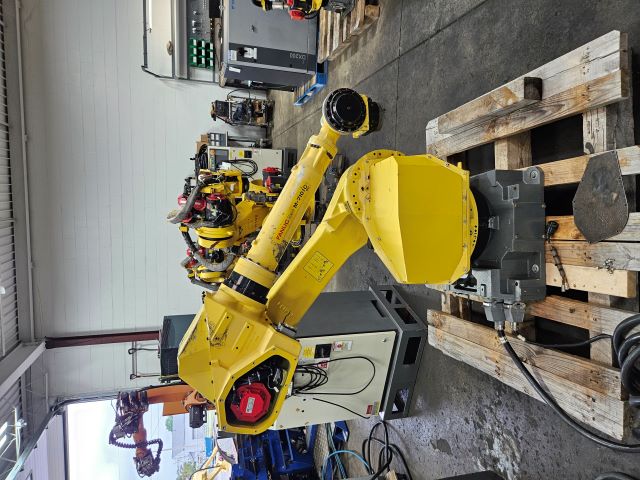Benefits of Robotic Polishing

Polishing is a key finishing process used in manufacturing to improve the appearance, safety, and quality of a product. It is usually one of the last steps of a manufacturing process so accurate polishing is key to ensure the integrity of a product. Since polishing is a critical last step in manufacturing many companies are now automating the process with industrial robots.
The FANUC M-710ic/50 and the Yaskawa Motoman GP50 are both ideal for automating polishing applications. The process is a good fit for robotic automation as it is typically a straightforward and repetitive application. Manufacturers in the aerospace, automotive, metals, and glass industries are automating their polishing applications with industrial robot arms. These industries are capitalizing on the benefits of polishing robots which include:
Cost Savings
Automating polishing with the ABB IRB 4600-60 and other articulated robots will result in significant cost savings. Using polishing robots means less dependency on manual labor eliminating expenses such as worker salaries and benefits. Material costs will also be reduced with industrial robots. The accuracy of robots prevents errors form occurring that often result in scrap and rework. Consumables are conserved with the consistency of robotic automation. Utility costs may also be reduced with the energy efficiency of robot manipulators. Robots also do not require the same lighting and heating/cooling as human work environments.Improved Quality
One of the biggest issues with manual polishing is inconsistent product finishes. It is nearly impossible for humans to be able to control and apply the same pressure to every part in order to turn out smooth and uniform finishes. Manufacturing robot arms are programmed to follow the same specific steps with every part without any variability. Part finishes are smooth and uniform across all products. With robotic automation manufacturers gain control over polishing parameters resulting in more consistent and better quality.Safer Operations
Manual polishing exposes workers to a number of different safety risks. Repetitive movements can be taxing and result in musculoskeletal injuries. Polishing also exposes workers to dust, debris, and fumes which can be hazardous to their health. Automating polishing with the FANUC M20ia creates a safer work environment by removing workers from the dangers of the application. Fewer injuries and health issues will reduce worker compensation costs and keep productions running smoothly.Less Waste
Errors are mitigated with the accuracy of factory robots. Fewer errors mean fewer products will become scrap. Since polishing is one of the last steps of manufacturing, scrapping a part due to a polishing error can be a huge setback and rather costly.Faster Cycles
Polishing robots operate at much faster speeds than human operators. Faster operating speeds reduce cycle times allowing parts to be finished at quicker rates.Higher Productivity
Polishing robots are ideal for high volume operations due to their productivity rates. A single Yaskawa Motoman HP20D can take on the same workload that would require three to five workers. More parts can be polished throughout the workday resulting in higher productivity. Six axis robots can also operate for longer periods of time without breaks which also increases throughput. Robotic polishing allows manufacturers to keep up when demand increases.Robots Done Right is the place to start when it comes to used robots. Contact us if you are interested in buying or selling a used robot.